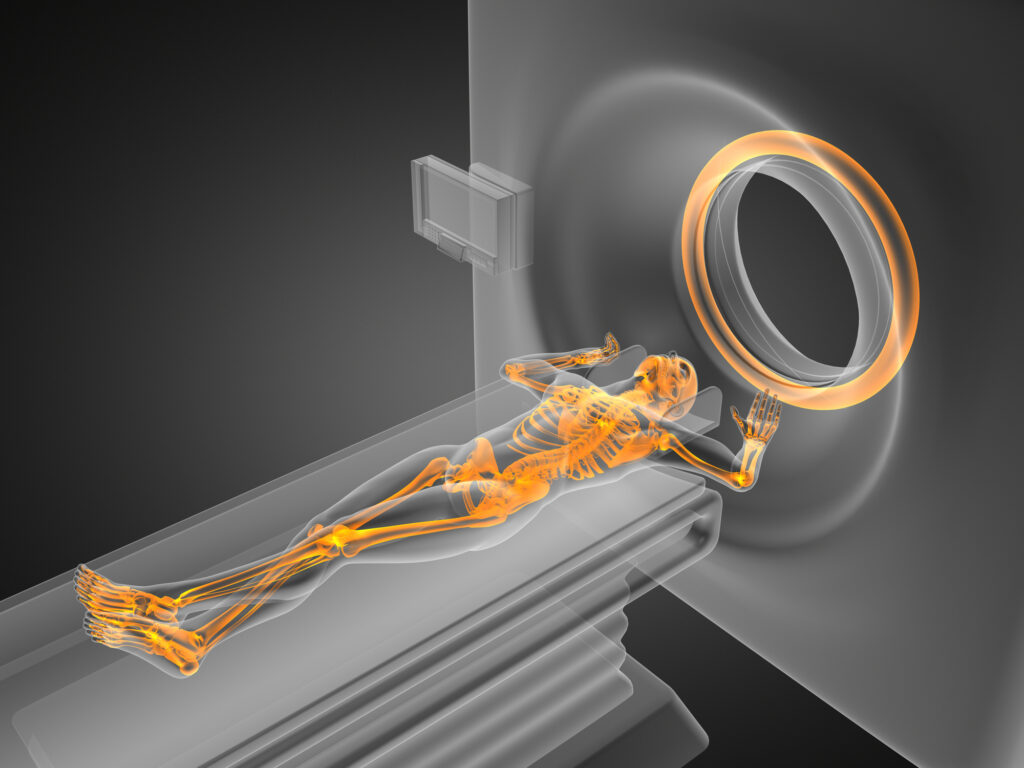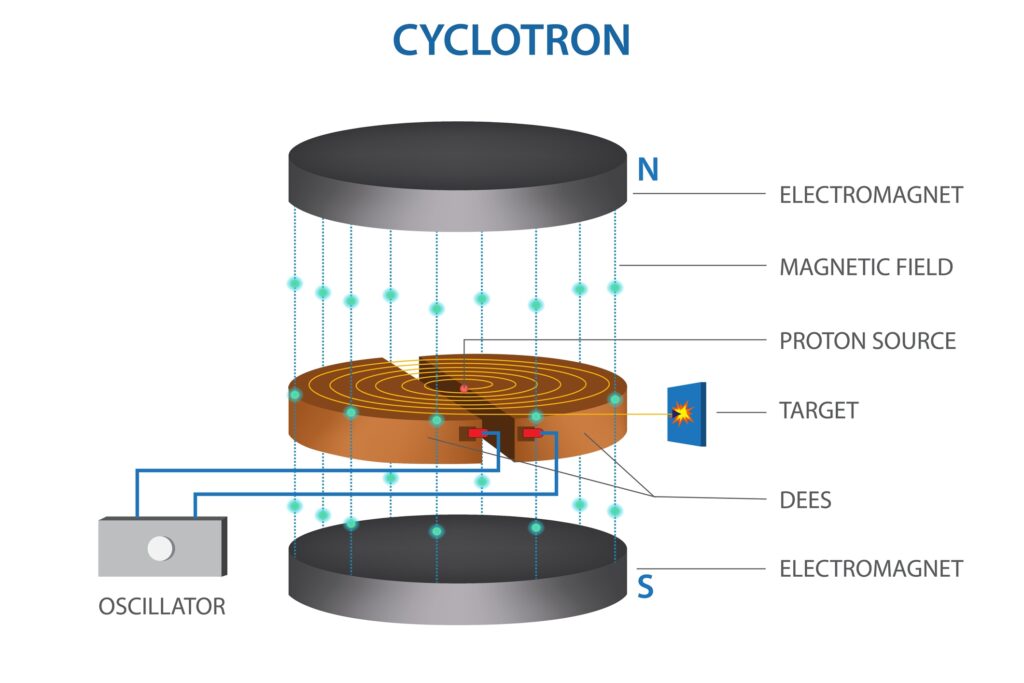Summary: This article explains the essential steps involved in constructing a quantum computer, from selecting qubit technologies and fabricating the qubits to designing control systems, implementing error correction, developing quantum programming tools, and scaling the technology for industrial use. It examines the latest progress made by major companies and research groups, outlines the key technical challenges, and considers the timeline for building practical, large-scale quantum machines.
Keywords: Quantum computing, Qubit engineering, Error correction, Quantum control systems, Design automation, Superconducting qubits
Choosing the Qubit Technology
The process of building a quantum computer begins with the most fundamental decision: choosing the qubit technology. Qubits are the basic units of quantum information, analogous to bits in classical computing, but with the ability to exist in superposition and to become entangled. Several distinct qubit platforms have been developed, each with its own advantages and challenges. Superconducting qubits, used by companies such as IBM and Google, are built from circuits that must be cooled to near absolute zero and controlled with precise microwave pulses. Trapped ion qubits, used by IonQ and Quantinuum, are atomic ions held in place by electromagnetic fields and manipulated with lasers, offering long coherence times but slower operation speeds. Photonic qubits encode information in light particles and can operate at room temperature, although scaling them into large systems remains difficult. There is also the more experimental field of topological qubits, which aims to use exotic quantum states to make qubits inherently resistant to certain types of noise.
Engineering the Qubits
Once the technology has been chosen, the next challenge is creating the qubits themselves. Each qubit must be engineered to maintain quantum coherence for as long as possible, so that it can participate in calculations without losing its quantum state. They must also be capable of entanglement, which allows information to be shared instantaneously between qubits regardless of their physical separation. The physical requirements for this depend on the chosen platform. Superconducting qubits demand complex microfabrication techniques, microwave engineering, and cooling in dilution refrigerators. Trapped ions require precision ion traps and laser systems. Photonic qubits rely on advanced optics, including single-photon sources and detectors, as well as stable optical circuits. In all cases, extraordinary precision is required to ensure that the qubits are stable, controllable, and reproducible.
Building the Control Systems and Infrastructure
Qubits cannot function without an elaborate supporting infrastructure. This includes control systems capable of generating and delivering precisely timed signals to manipulate the qubits, as well as reading out their states. For superconducting qubits, this involves creating microwave electronics that operate both at room temperature and at cryogenic levels, with signals passed through a carefully designed wiring system that minimises noise and heat transfer. For trapped ions, laser systems must be precisely tuned and focused, often requiring optical components with sub-micrometre stability. Photonic systems need integrated optical chips capable of routing photons without loss or interference. In addition to control electronics and optics, the hardware infrastructure includes refrigeration systems for superconducting platforms, electromagnetic traps for ions, and photonic network systems for light-based qubits. The engineering challenge becomes more daunting as the system scales. Moving from dozens of qubits in a laboratory prototype to millions of qubits in a practical computer requires breakthroughs in packaging, cooling, and interconnect design.
Implementing Quantum Error Correction
Quantum systems are inherently fragile, and the smallest environmental disturbances can disrupt their states. This fragility makes error correction one of the most important elements in building a functional quantum computer. Quantum error correction works by encoding a logical qubit across many physical qubits, so that errors can be detected and corrected without destroying the quantum information. The most widely studied methods include surface codes, which Google is already testing, and low-density parity-check codes, developed by IBM. These codes aim to suppress noise to levels where fault-tolerant computation becomes possible. Achieving this requires error rates per operation to fall below certain thresholds, which are determined by the specific error correction scheme in use. Although error mitigation techniques can temporarily improve performance without full fault tolerance, the long-term goal is to construct machines capable of operating reliably for millions or even billions of logical operations without failure. IBM has set its sights on building such a system, with its “Quantum Starling” architecture projected to support hundreds of logical qubits performing vast numbers of operations.
Programming the Quantum Computer
Even with reliable hardware, a quantum computer needs to be programmed. Unlike classical programming, quantum programming involves describing algorithms in terms of quantum circuits, which are sequences of quantum gates applied to qubits. Platforms such as Qiskit, developed by IBM, allow developers to write code in familiar languages like Python, translate it into quantum circuits, optimise it for specific hardware, and execute it on real devices or simulators. Other frameworks, including Google’s Cirq and Quantinuum’s t|ket⟩ compiler, perform design automation by mapping algorithms onto hardware-friendly instructions, taking into account hardware constraints such as qubit connectivity and gate error rates. Cross-platform tools such as PennyLane enable hybrid quantum-classical programming, allowing developers to integrate quantum operations into conventional machine learning and optimisation workflows. These tools are essential for bridging the gap between theoretical algorithms and the practical limitations of today’s devices.
The State of the Field and the Road Ahead
The present state of quantum computing shows remarkable progress, though there is still a long road ahead. IBM and Google are developing roadmaps to reach systems containing more than a million physical qubits by the end of this decade. Such systems would be large enough to host fault-tolerant logical qubits capable of solving problems beyond the reach of classical supercomputers. Start-ups such as PsiQuantum are pursuing alternative approaches, in this case using photonic qubits, and are aiming to deploy a million-qubit fault-tolerant system by around 2027, with substantial government funding to support the effort. These ambitions are matched by significant engineering challenges, from building cooling systems capable of operating at scale to reducing the complexity of wiring thousands of control lines into cryogenic environments, to fabricating devices with the uniformity and reliability required for industrial-scale quantum manufacturing.
Looking to the Future
The broader timeline for practical quantum computing is still uncertain. Some experts suggest that within ten to fifteen years, specialised quantum computers could start to deliver commercially valuable results in areas such as materials science, cryptography, and drug discovery. Others believe that building fully fault-tolerant, general-purpose quantum machines may take several decades. Amazon Web Services researchers have predicted that the arrival of truly large-scale quantum computers may be twenty to thirty years away, although the rapid pace of recent advances leaves open the possibility of earlier breakthroughs.
What is clear is that building a quantum computer is one of the most demanding technological challenges of our time. It requires expertise from multiple disciplines, including quantum physics, electrical engineering, materials science, computer science, cryogenics, and precision manufacturing. The field has progressed from laboratory experiments on single qubits to functioning multi-qubit processors accessible over the cloud. As industrial engineering capabilities catch up with the theoretical and experimental advances in quantum science, the prospect of powerful, error-corrected quantum computers is becoming less speculative and more of a concrete engineering goal.
The journey towards large-scale quantum computing is as much about solving practical engineering problems as it is about mastering the principles of quantum theory. Each new milestone—whether it is a more stable qubit, a better error correction code, or a more efficient compiler—brings us closer to a future where quantum computers can perform tasks that classical systems cannot. Although significant challenges remain, the momentum in the field suggests that the quantum era is steadily approaching. The work being carried out today by companies, universities, and government laboratories worldwide is laying the foundation for machines that could redefine the limits of computation in the coming decades.
Disclaimer
The information provided in this article, Building a Quantum Computer: From Theory to Reality, is intended for general educational and informational purposes only. While care has been taken to ensure accuracy at the time of publication, quantum computing is a rapidly evolving field, and technical details, timelines, and projections may change as new research emerges. The article does not constitute professional, technical, or investment advice, and readers should not rely solely on its content when making decisions related to quantum technologies. Open Medscience and the author accept no responsibility or liability for any loss, damage, or consequences arising from the use or interpretation of the information presented herein. Readers are encouraged to consult additional authoritative sources and qualified experts for specific guidance.




